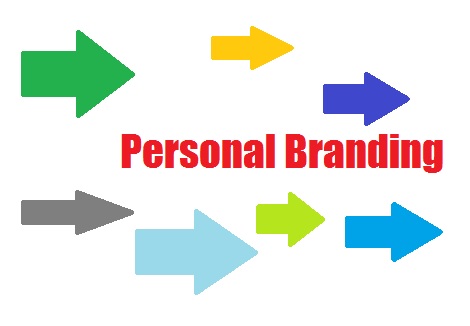The power of visual storytelling is incredible. Brands interested in the goals of 1) building community, 2) engaging with their audience, or simply looking to 3) build brand awareness can learn to excel at telling an interesting brand story using compelling visuals. Here’s why visual storytelling works plus a few examples of brands doing a good job at it.

Let’s break it down:
Visual –
As humans we are literally hardwired to respond to pictures and colors. Our brains have the amazing capacity to see a picture and immediately grasp what it is symbolizing. And this takes place in mere milliseconds. By the way, a millisecond, to be clear, is a thousandth of a second.
Andrew Tate, a writer and neuroscientist writes in Ten Scientific Reasons People Are Wired to Respond to Your Visual Marketing that the blink of an eye is approx. 130 milliseconds and quotes an MIT study which “suggests we can understand the meaning of an image in only 13ms”. Yep, that means the pictures you use in your content are understood by your readers 10 times faster than the blink of an eye!
In an age when attention spans are shorter and shorter, companies must make the most of every second. Recent studies differ on the average time spent visiting a website. Incredibly, some suggest people spend approximately 15 seconds before clicking away. Others more generous suggest you have 58 seconds to grab a reader’s attention. The message is clear, use strong visuals in your online marketing.
Storytelling –
As a species, humans love a good story. It’s how we make sense of things. It’s how we communicate. Think about it – when you get to work on Monday and talk about your weekend, you’re telling a story. We spend our lives listening to stories….it’s how we learn. It’s enjoyable. Listening to stories is something we innately understand and even crave.
In visual storytelling then, brands have the opportunity to combine these two powerful elements of human understanding, visual + storytelling. Companies excelling at this concept know how to connect and engage with users, and how to grab (and keep) attention on their story.

Gone are the days of preparing one advertisement containing a graphic, some text, and a campaign headline, to be spread across various platforms…intact and merely resized to fit the space requirements of Facebook or Twitter. This “one size fits all platforms” approach no longer works.
This is where visual storytelling comes in. Gripping stories containing something unique to your brand are called for here. Break these stories into separate pieces, to be scattered across your brand’s platforms…..Twitter, Snapchat, Instagram, Pinterest, Facebook, blogs, paid ads….then watch as they (hopefully) take off as users interact with your tale.
Who’s Doing It Well?
To best understand the concept, perhaps it’s easiest to look at a few companies who are masters of building platforms, targeting audiences, and engaging with consumers.
As you work to build your brand’s community, engage your audience, and promote awareness of your company, keep a few things in mind. Your unique story should incorporate your platforms as well as appeal to your target audience. (Which you, clever business person, have identified and intimately understand, correct?) Here are two brands who have targeted their markets, and figured out ingenious ways to tell their story while engaging their audience.
Building Community
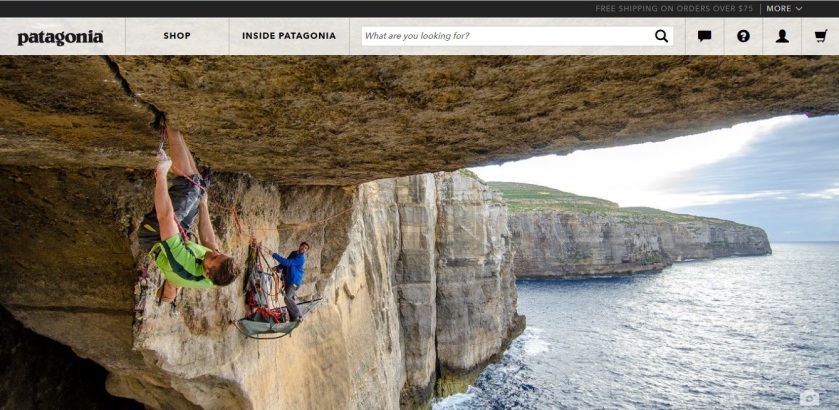
No brand is better than Patagonia when it comes to using visual marketing to build a community of loyal and dedicated buyers. Their mission statement is to “build the best product, cause no unnecessary harm, use business to inspire and implement solutions to the environmental crisis” (Patagonia.com).
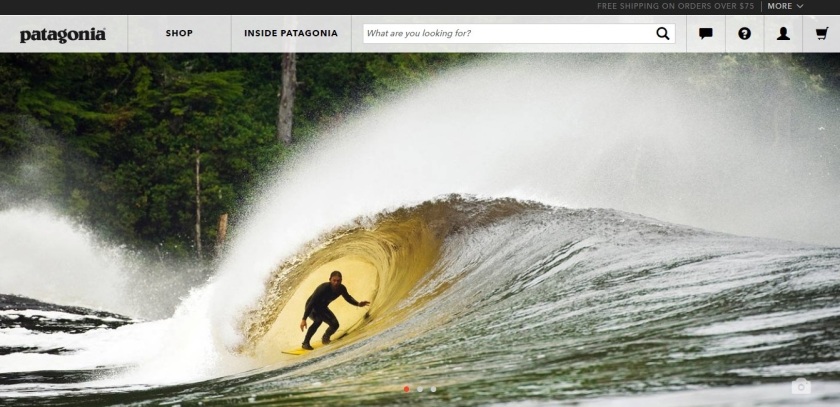
They have identified their target audience (crucial for all companies to do) and their stories specifically speak to like-minded people. Throughout their visuals, the core message is reinforced. The images they use speak to their core user….who is someone who loves adventure, in the form of sports such as climbing, surfing, or snowboarding.
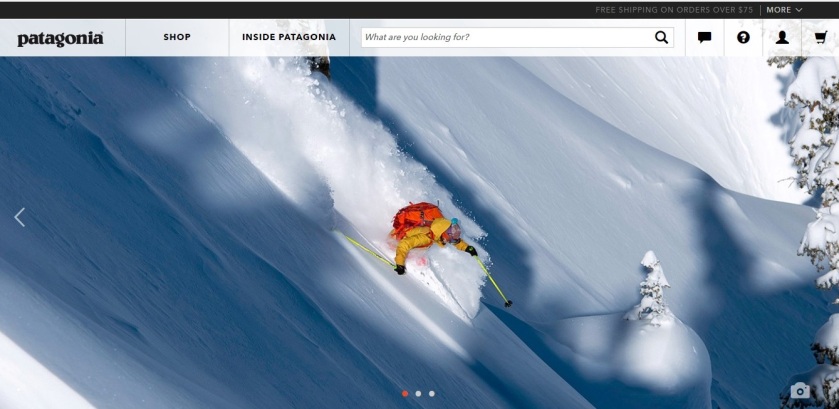
Throughout their platforms, the story is one of adventurous people, living adventurous lives, with an awareness of the need to protect the environment. Using real people instead of models, their story is original. A section on their website is devoted to real-life “brand ambassadors” who share content from the sports they represent. The Zaneray Group worked with Patagonia in developing their “sports” program, stating that “Patagonia was looking to capitalize on their wealth of content and experience”.
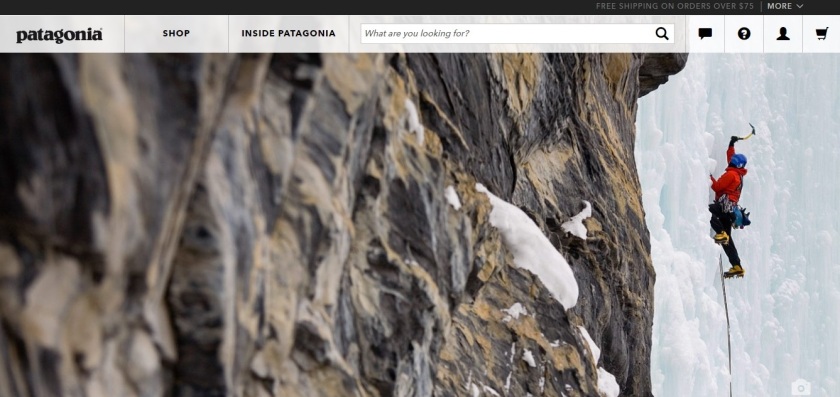
Patagonia goes further still, reaching out to other companies who join with them in raising money for environmental causes. When it comes to using visual storytelling to build a brand following, they’re doing it right. Lesson: think about who makes up your audience and how best to gather them into “your” community.
Engagement
Engagement could be called the Holy Grail in social media and online marketing, for it’s what every brand desires. The goal is for a target audience to not only like your marketing efforts, but to interact, engage, and share your message with their online tribes.
“because of you 27,435 CHILDREN IN 10 COUNTRIES WILL RECEIVE NEW SHOES”

Tom’s Shoes is well known for their practice of donating a pair of shoes to a needy child for every pair of shoes that is sold. This year, they went further and developed a campaign called One Day Without Shoes. Engaging with Instagrammers the world over, they invited people to share photos of their bare feet with the hashtag #OneDayWithoutShoes. For each photo posted during the two week campaign, no purchase necessary, they donated a pair of shoes to a needy child. Talk about engaging users, brilliant! Lesson: Determine ways to engage your specific niche group and design campaigns that will appeal to their specific wants, needs, and likes.
Brand Awareness
Not all campaigns are about selling a new product or even about selling at all. Visual storytelling can be used to spread brand awareness. This can be made even more powerful if the message comes from social media influencers.
“Influencer” is such a buzz word these days but is often misunderstood. Many make the mistake of confusing popularity, i.e. # of followers, with influence. When looking to engage influencers to help spread your company’s message, it is important to understand the difference. You want someone who inspires people to take action, i.e. buy your product, share your content with followers, talk about your brand, or engage with you. Kissmetrics blog has written the Definitive Guide to Influencer Targeting and it is definitely worth reading (and studying) to learn more about how to identify and recruit influencers. Lesson: Study ways to find influencers and form a plan for inviting them to do their magic on your behalf.
Crowdsourcing is another avenue that does a great job at building brand awareness. Sites such as Kickstarter and Indiegogo are well-known for crowdfunding, and engage with users at the onset of a company’s existence or at the new product development stage.
Crowdsourcing goes further than just funding however, and exists whenever a company taps into the collective intelligence of the “crowd” to solve problems. Leveraging the power and wisdom of various online communities, crowdsourcing is used to solicit feedback on new designs, or get help with perplexing questions facing your business.
So, crowdsourcing can be used to provide financial assistance, problem solving, or to solicit creative input. Appealing to the participatory strengths of a targeted, motivated audience is the goal of crowdsourcing, and is a useful tool for building brand awareness. Lesson: If you need help with any of these issues, take advantage of the collective wisdom of your crowd and ask for their input.
So there you have it, we’ve talked about why visual storytelling works and how to incorporate it into your brand message. I hope this article has given you some ideas about how to tell your brand’s story in a more visually compelling way. Do you have any examples of brands who are using this form of media particularly well? Or have you used this concept in a unique and fun way? If so, please share with us by commenting!
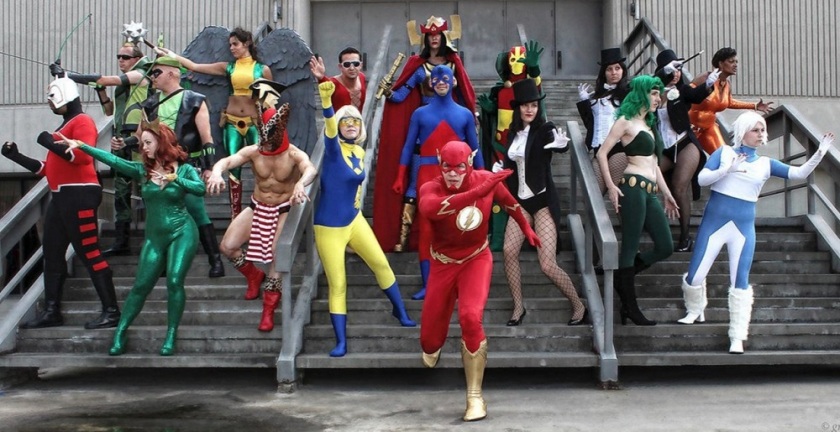
 Digital marketing…personal branding…transmedia storytelling…three hot topics everyone loves to talk about when it comes to writing for social media. But what exactly do these terms mean and more importantly, how do they apply to different users? What are some of the most useful best practices we can implement and put into use quickly? Are there tips and tricks to make navigating these complex yet hugely important areas easier for end users? Over the next 7 weeks, we’ll explore these areas in detail as we discover how to make the biggest impact in whatever digital corner of the world you happen to inhabit….
Digital marketing…personal branding…transmedia storytelling…three hot topics everyone loves to talk about when it comes to writing for social media. But what exactly do these terms mean and more importantly, how do they apply to different users? What are some of the most useful best practices we can implement and put into use quickly? Are there tips and tricks to make navigating these complex yet hugely important areas easier for end users? Over the next 7 weeks, we’ll explore these areas in detail as we discover how to make the biggest impact in whatever digital corner of the world you happen to inhabit….